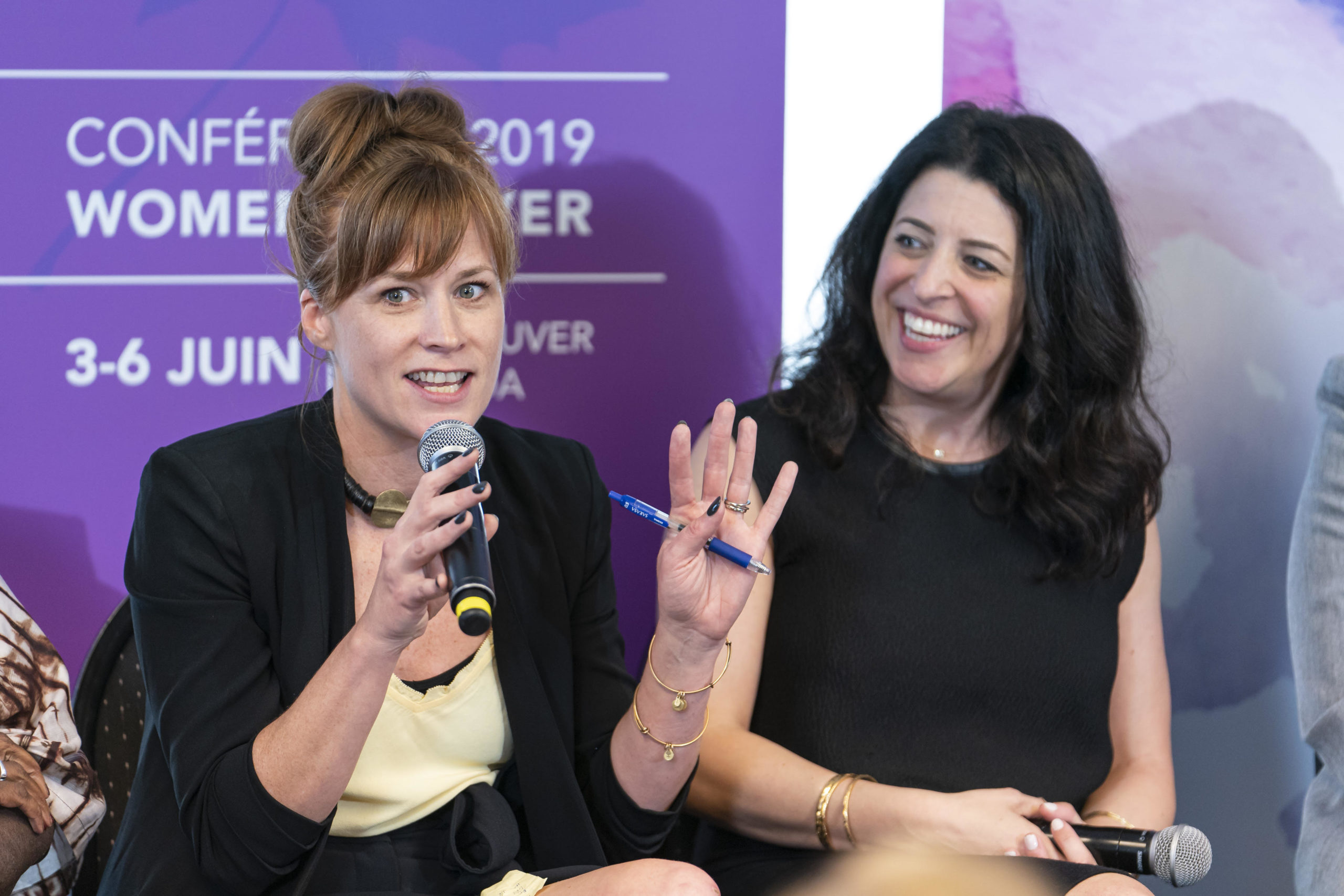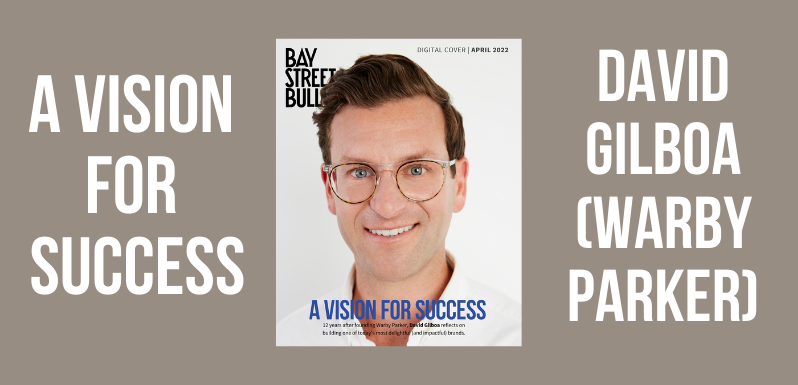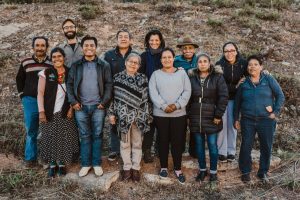The fight against gender inequality is a complex one that has no single, nor simple, solution. This is a battle that takes grit, patience, foresight, and cooperation. Looking to contribute to the advancement of women’s rights in Canada and across the globe, Jess Tomlin and Jessica Houssian created the Equality Fund as a way to mobilize key leaders and provide the necessary resources for community organizations to enact change.
Combined, the two co-founders are certainly well-equipped in professional experience to tackle a problem as significant as gender inequality. Tomlin, a United Nations and World Bank veteran, and Houssian, a feminist philanthropist that has mobilized a global community of female funders, collectively bring to the table a wealth of knowledge that will aid them in their mission. With a backing of $300 million from the Canadian federal government, the Equality Fund is one of the largest feminist institutions in the world and hopes to reach $1 billion in assets in the next 15 years to further their impact.
In a conversation between the Equality Fund co-founders and our editor-in-chief, Lance Chung, they discuss philanthropy’s current broken system, how to enact real change, the intersectionality of the women’s rights movement, and COVID-19’s impact on women-related issues.
Tell us a little more about the Equality Fund. How did it get started, and what are your respective roles and responsibilities?
Jess Tomlin: I have the privilege of being the co-CEO of the Equality Fund alongside Jessica Houssian. We both bring pretty different perspectives to the table. My background is with the United Nations and working throughout the world where I’ve been laser-focused on improving human rights, specifically gender equality and women’s rights. My colleague Jessica [Houssian] has been doing very similar things, but through the realm of philanthropy, predominantly. She’s really trying to move the dial to bring more money to the women’s movement in Canada, and around the world. Effectively, the problem that we’re trying to solve is that inequality really exists globally, and one of the greatest inequalities is that which exists between men and women.
What does the dialogue and landscape around gender inequality look like right now?
JT: This is an incredible moment in time right now where we’re seeing movements of people, whether that’s climate change activists, women’s rights activists, LGBTQ folk, Indigenous activists — there’s a real momentum and demand for change. Yet these very organizations who are driving these changes and insisting on a new status quo are operating on average annual budgets of $20,000 a year. We were really curious about what could be possible if these organizations were funded at a greater scale, and over a longer period of time. What change could that create? This is our obsession.
We have the great privilege of leading the Equality Fund, which is one of the most exciting initiatives right now because it’s not only going to solve for some of the most significant issues of our time, but it’s going to do so at scale. It’s bringing brand new partners to the table. Having done this work now for 20 years, what I know is that these huge human rights issues around the world will not be solved by one sector alone. What the Equality Fund does is bring together private sector, venture capital, financial institutions, philanthropy, community foundations, individual philanthropists, women’s rights activists, women’s organizations, and large networks around the world. Our aim is to put $1 billion into the women’s movement globally in the next 15 years.
How do you define and measure gender equality? How will you know when you’ve achieved your mandate?
JT: I think we have all sorts of ways of measuring equality. What’s important to understand is this is really deep political systems change work. This is not about how many clinics we can open in Honduras, or how many vaccines we can get to kids in Ethiopia or Northern Ontario. Those are easy things to count and they’re critically important aspects of the work. But what the Equality Fund aims to do is really back the long term work. What we know from civil rights movements and the women’s rights movement is that real fundamental change is to change laws, policies, behaviours, norms, attitudes, and culture. That is a long term game. That might take 20 years, that may take a 100. And very frankly speaking, there’s always going to be two steps forward and one step back. Sometimes it’s two steps forward and three steps back. These are movements that happen over time. Progress is slow to come, but once it comes, it’s truly systems changing. That’s what we’re here to change. We’re here to invest in those long term solutions that will fundamentally shift policy landscape and laws. And whether that’s land rights for women in Mozambique or doing away with traditional practices that allow girls to be married before the age of 12. These are things that take time for communities to adjust to and it requires investing in local leadership so that they will see those solutions all the way to the end. That’s what we’re here for. We are not here for a short term quantitative gain. We are here to back organizations, leaders, and movements over decades who are trying to do the more complex political work that’s more difficult.
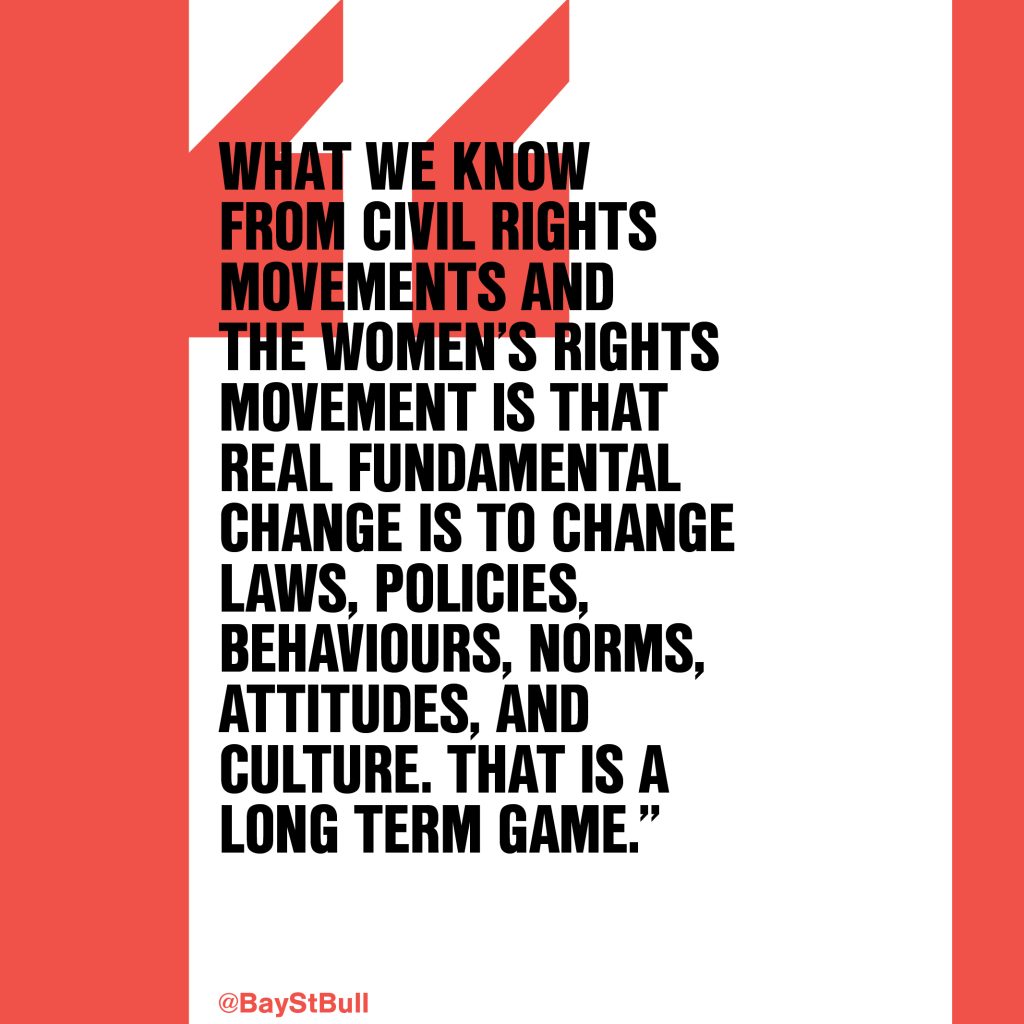

Jessica Houssian: My background is working in feminist philanthropy. I’m the former executive director of a global community of women funders called Women Moving Millions. After a decade of working with philanthropists who are solving for and funding women’s movements both domestically and globally, something that we were seeing was that philanthropists are becoming more sophisticated and engaged. Strategic philanthropy today goes beyond check writing and into leadership activation and leverage. When Jess [Tomlin] and I, and some of our early partners, found each other, it was a unique moment in time. I was exploring what was possible if philanthropists could partner with other sectors, donors (including government,) institutional funders, and corporate funders to come together to leverage each other’s engagement. Philanthropy can do things that government funding tends not to do, which is move really quickly, be nimble, have a large appetite for risk, and want to pilot and explore things.
We started wondering—if we could build an innovative model that would activate everybody at their highest and best use, we might have a fighting chance to move the needle on this issue. This was happening at the same time that the government of Canada issued a call to action through the partnership for gender equality out of Global Affairs Canada to challenge the country to design a new model that would deliver international development resources with a feminist lens at scale. That happened at the end of 2018 and the Equality Fund responded to it. In June of 2019, we were selected as the partner, which meant we were awarded $300 million to kickstart our new model that is designed to fund women’s movements urgently and immediately, and also sustainably, into the future until we have gender equality globally, once and for all.
Would you say that the common denominator amongst decision makers and key stakeholders is this top-down approach?
JT: What we fundamentally know is that the current system is broken. Global poverty is not on the decline, inequality is not on the decline either. We need radical solutions to fundamentally stop these issues in their track. I’ve lived and worked everywhere from Afghanistan to Zambia, and several places in the Middle East and Southeast Asia. I’ve also worked here in Canada in battered women’s shelters. I’ve noticed that there is a tradition of trickle-down funding. Decisions about what should be funded gets made by government or major donors. Very often what that does is silence the voice of those who have the most to lose and the most to gain. They are not decision makers in building their own solutions and trusted to execute on those solutions. But that is shifting and this is truly an opportunity to prove the model that those with the most to lose and have the most to gain are also the best designers and implementers of the initiatives that are fundamentally going to shift the dial. Having done this work with large institutions, international NGOs, and the UN, I fundamentally believe that my highest and best use is to be in the place that I’m in, moving more money into the hands of those on the ground who are doing the greatest good.
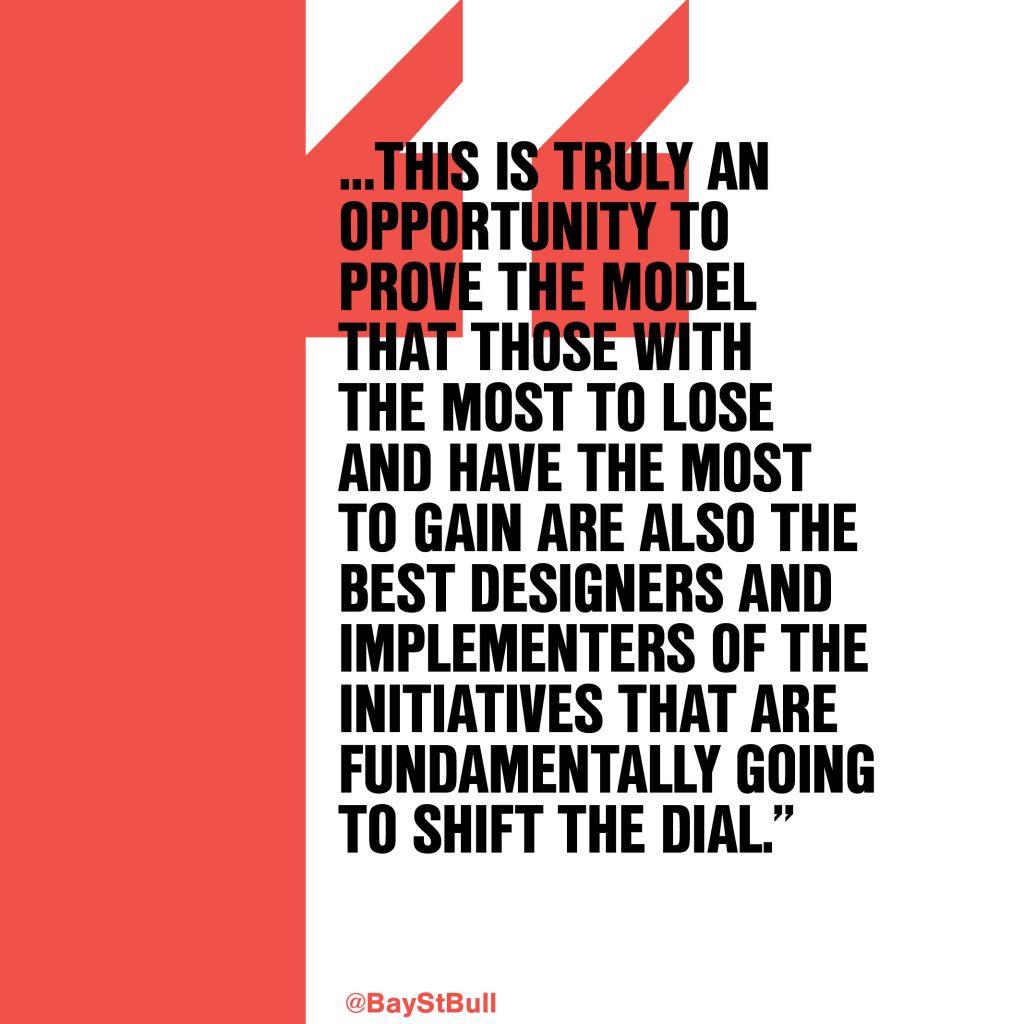

JH: It’s the adage, nothing for us, without us, right? One of the most important things that I’ve learned from Jess Tomlin in our time as partners is this idea of taking really big funding and shifting power. What that means is moving not only financial resources, but also decision making power, to the people most affected by the problem and closest to the solution. There’s innovation all around the Equality Fund. There’s innovation in the way money flows into it, but also in the way it moves out of the fund because women’s rights organizations, women’s rights activists, and leaders around the world have never been properly resourced at scale. And my goodness, imagine what would be possible if they were. So that is our job. It’s a new kind of capital that provides the power to movements and actors on the ground who have solutions and just need resources and support.
What would you say is the biggest barrier to gender equality?
JT: The patriarchy! But I would add that I think there’s a global awareness rising that gender inequality has many faces of evil depending on where you are. It affects individuals, both men and women and non binary folks, and it has cultural implications. It has economic implications. It has health implications. It has climate implications. It has food security implications. Women’s issues are not a siloed thing. That is not how we work, that is not what we believe, that is not what the data is telling us. I think one of the biggest barriers is the misunderstanding that [gender equality] is a siloed women’s issue, not the global crisis of our time.
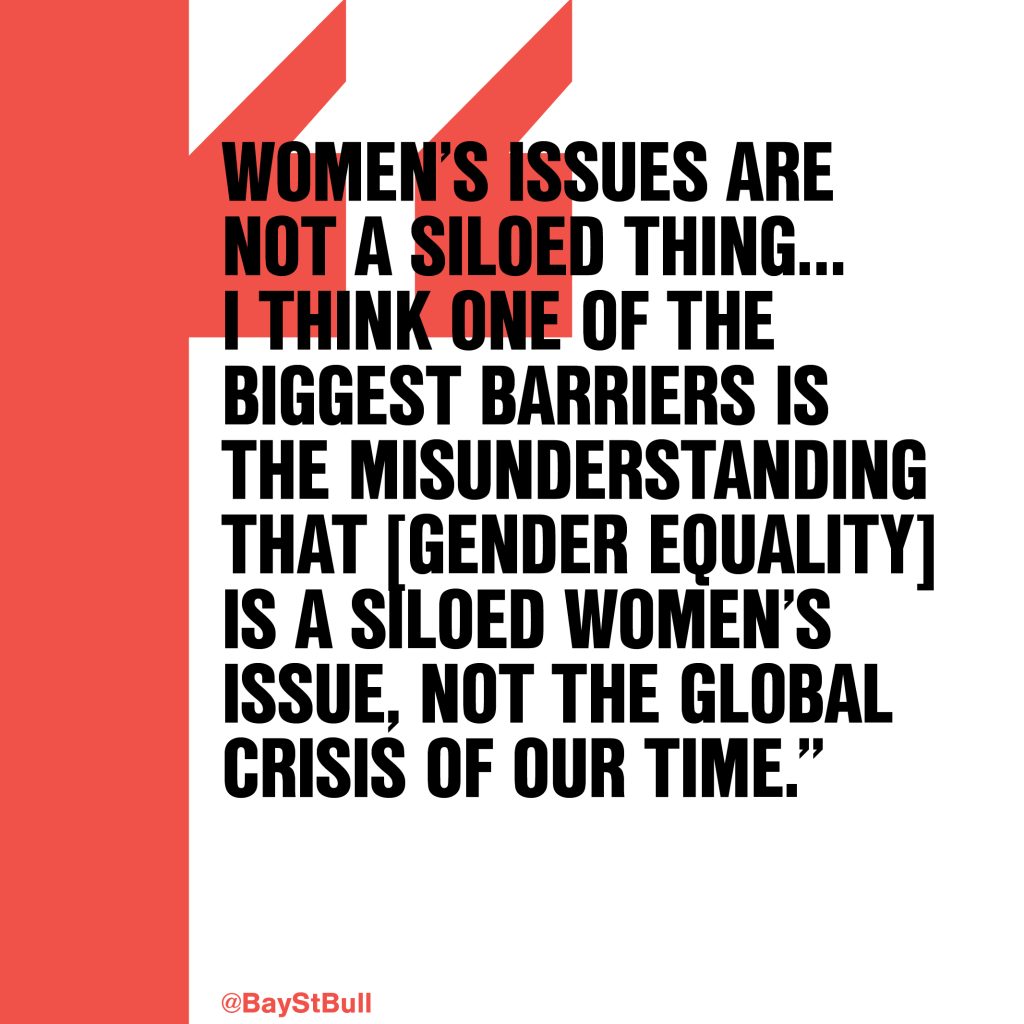

JT: That’s right. If you were to go out and try to solve climate change without bringing in a gender lens to it, you will not solve climate change.
It’s really important to mobilize people from a grassroots and community standpoint, but it is critical to have policy makers understand and implement changes as well. How are you working with governments, policy makers, and politicians to enact and enforce change?
JH: Frankly we’ve seen a window of opportunity in Canada. This government has declared itself feminist. Several years ago it launched what they call the Feminist International Assistance Policy and very recently, [François-Philippe] Champagne, the Minister of Foreign Affairs announced that they are actually doing a review and will white paper a feminist foreign policy. What that does is it creates a very receptive environment for critique, aspiration, and deep thinking around what is possible if a government goes out and says, “we are a feminist government.” That invites us to really build on what is possible as it relates to policy implications. We were at the table and supported the build of the Feminist International Assistance Policy, as we will be in the feminist foreign policy. We will partner with the government to really lean into that. It has absolutely led to better, different, and more sustainable funding for organizations and movements, for advocacy efforts and long term work that needs to happen. I think Canada’s real opportunity right now is to be working alongside the other friendly governments—it’s bilateral peer group—to really be advancing these issues. There’s an interesting divide in this moment in time, and there is a cluster of progressive governments, whether that’s the Dutch, the Swedes, the Norwegians, or the French, that are coalescing and trying to be stronger together. Canada really has an opportunity to outsize its impact.
Sometimes it feels like we are regressing as a society when it comes to gender equality advancements. Is it hard to stay optimistic about these issues, or do you harness it as fuel to push you forward?
JH: We’re not tired, we don’t know what you mean. [laughs]. I would say we are very inspired by this moment in time and very determined to make it count. Yes, there is tough news every day, and there are challenges and hurdles. This work is long and hard. But we feel an accountability to women’s movements globally, and we feel that as Canadian feminists that have been given this opportunity, the design and the build of the Equality Fund is that it comes at a unique moment in time. The opportunity is inspiring and we’re going for it. This is the best chance we’ve had in awhile, so we’re going to make it count.
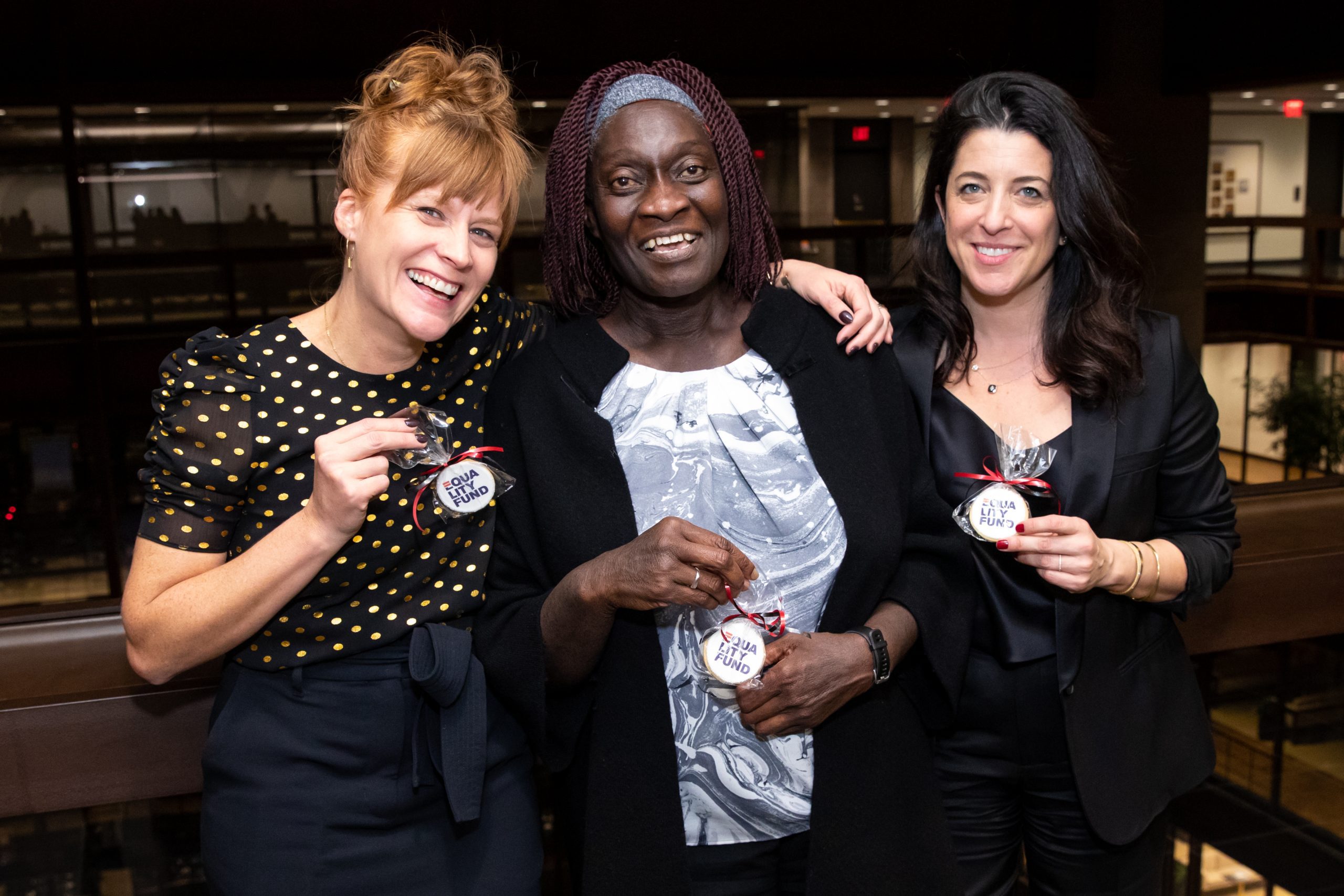

You have built strong partnerships with a lot of key players and stakeholders, with everyone from the Canadian Women’s Foundation to RBC. How did you identify the right partners to work with?
JT: This is very much a coalition of the willing. I say this often, and I say it somewhat flippantly, but there are feminists lurking everywhere. What we have found is that there is this common frequency between those who are hungry for change and have different networks and entry points. There’s an incredible team at RBC who are feminists, who really want to fundamentally shift the status quo, who want to work within their institution so that it’s best in class, and they are driving a feminist agenda within the largest financial institution in the country, and the largest employer in the country. We are also working with the Community Foundations of Canada, which is a network of 191 community foundations around the country. They want to do better by gender equality and improve those outcomes. They see a role for themselves to play and have taken on this opportunity wholeheartedly. What has been fascinating to me is that once we all plugged in at the right frequency, everybody has run in their own directions in order to move their people and move their organizations. I think that’s how we’ve been able to move so quickly because we are moving at the speed of trust.
Right now, we’re in a very challenging time. What actions has the Equality Fund taken in response to COVID-19?
JH: First, we are taking care of one another in our organization as best we can by following public health recommendations, working from home, and giving each other the benefit of the doubt. Next, we have extended this approach to our existing grantee partners, prioritizing their health and safety, and making sure they know that our financial support is flexible, allowing them to shift as they need in the changing environment. Finally, we are paying attention to, and amplifying, the very real disproportionate gendered impacts of this crisis.
Do you consider COVID-19 a gendered issue? How are women impacted by this specifically?
JT: What we know from natural disasters, wars, and economic crises is that these situations tend to reinforce and exacerbate existing inequalities. It’s a circle; the inequalities make the crisis worse, too. This is especially true when it’s a public health crisis since the majority of caregiving around the world is done by women. The gender issues are layered, from the way the virus impacts women differently, to caregiving responsibilities, to the precariousness of women’s work, to violence against women being exacerbated when they are forced to stay in unsafe homes, and many more.
What can people do to help women during this pandemic?
JH: First and foremost, pay attention. We have been glad to see the mainstream media pay attention to these issues. Here in Canada, the government is too and has announced an additional $50M in funding for women’s shelters and also deploying more money internationally for public health. That’s hopeful.
JT: Support organizations supporting women and girls. During this crisis, women will bear the brunt and they need all the support they can get. This pandemic only makes our work more urgent as we need long-lasting, sustained change for gender equality. And don’t forget, stay home and wash your hands.


